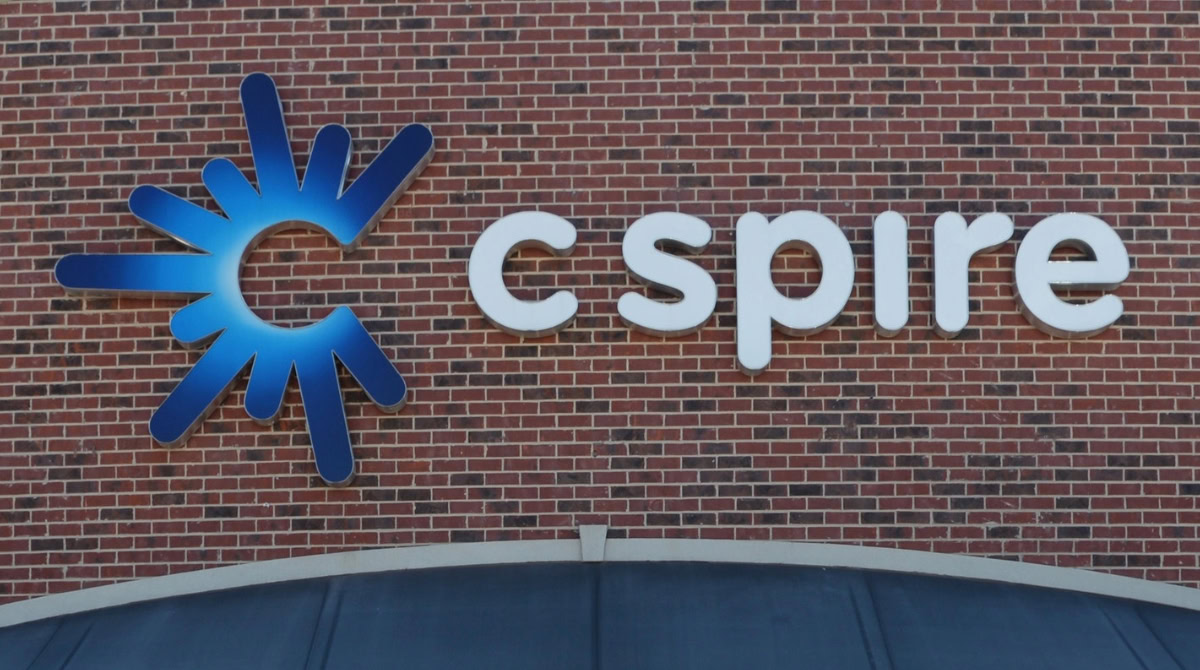Affiliate links on Android Authority may earn us a commission. Learn more.
Did you know there are way more than 3 independent mobile networks in the USA?
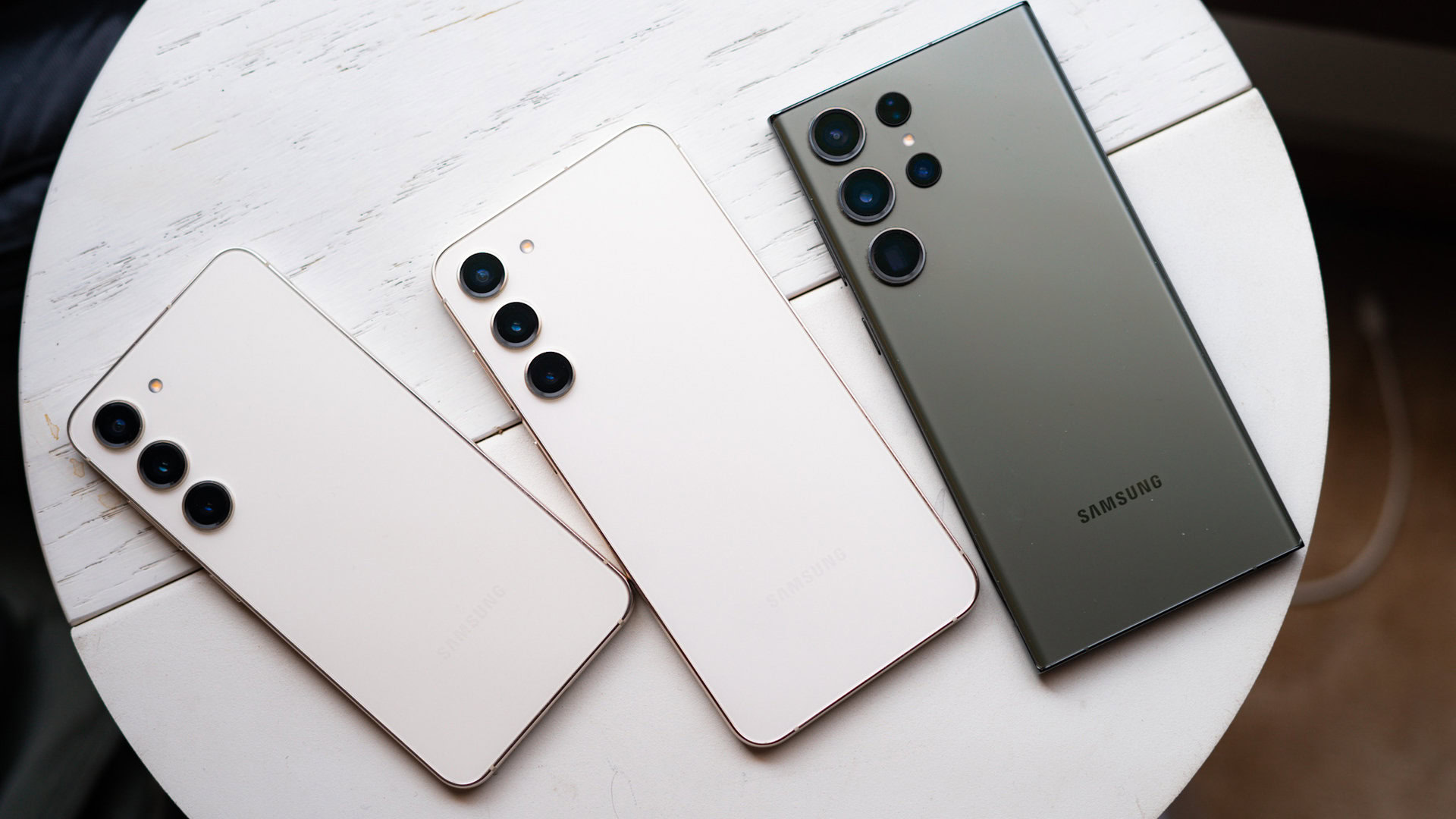
Verizon, AT&T, and T-Mobile. That’s the three that come to mind when people inquire about wireless networks in the USA, isn’t it? While these are the prominent players, there are, in fact, more wireless networks out there than you might realize. Excluding MVNOs that depend on existing networks, there are at least 40 options available. No, that wasn’t a typo. You might be curious about why you’ve never encountered them; that’s because many of these are highly localized regional networks.
Let’s take a quick look at the top five independent networks, ranked by subscriber count. Afterward, we’ll delve into why the big three remain on top.
Dish Wireless
Estimated total subscribers: 8 million
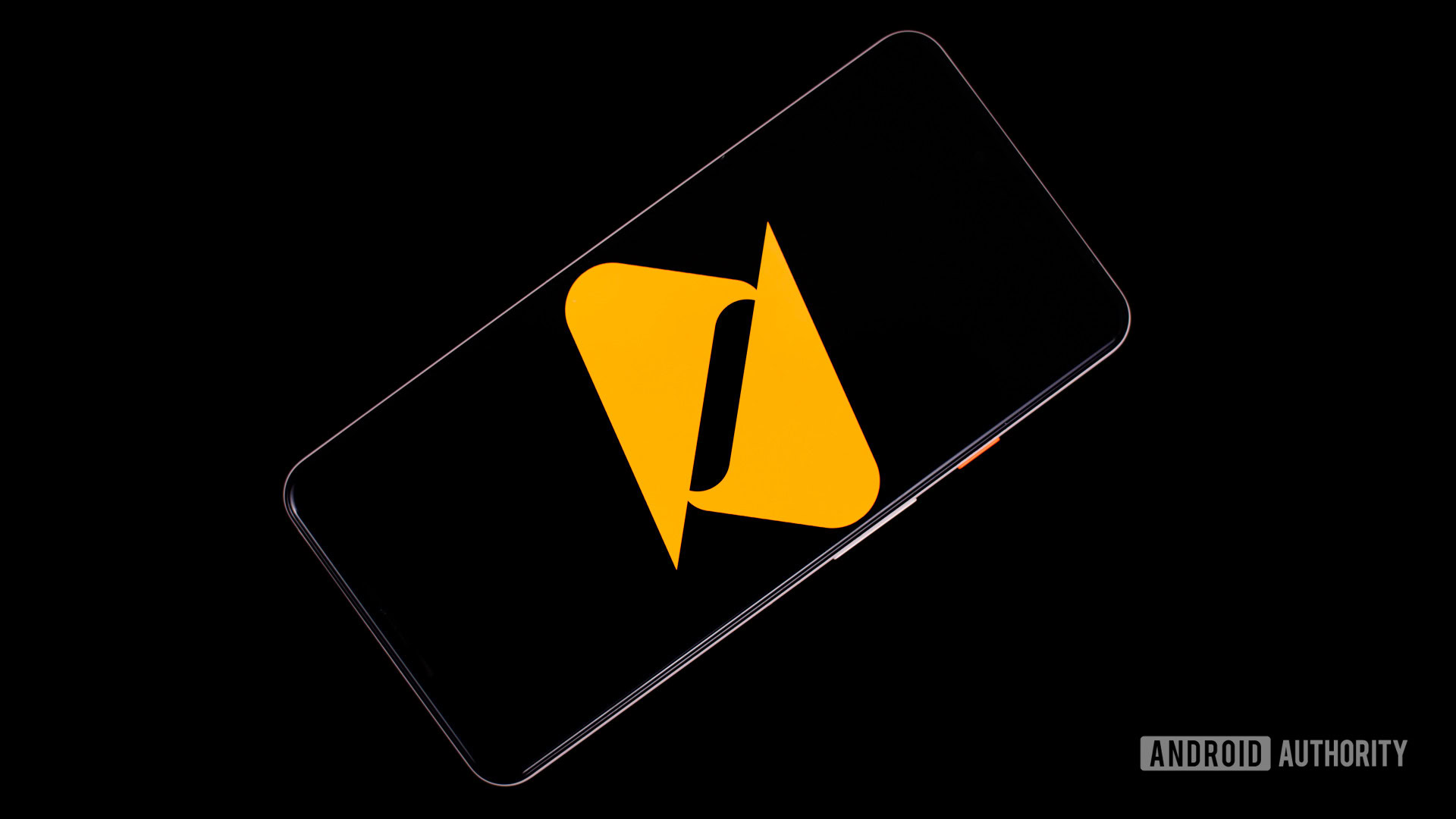
Dish Wireless entered the wireless industry in 2020 with the acquisition of Boost Mobile. Dish Wireless doesn’t offer its own Dish mobile plans directly; instead, it relies on its subsidiaries. Most of these companies are prepaid services like Boost Mobile, Ting Mobile, Republic Wireless, and Gen Mobile. Its post-paid offerings come in the form of Boost Infinite. Unlike most of the options on this list, Dish aims to offer service to customers across all regions of the US and isn’t limited to just one market or region.
What kind of Boost Infinite plan can you get? Here’s a quick look:
- Infinite Access for iPhone ($60): This plan includes free annual upgrades to the latest iPhone, unlimited talk, text, and data, plus talk and text to over 200 global destinations from within the United States.
- Infinite Unlimited Plus ($50):This plan is similar to the previous one but does not include the free iPhone upgrade. It offers unlimited talk, text, data, and calling to over 200 global destinations.
- Infinite Unlimited ($25):This budget-friendly option provides unlimited talk, text, and data for just $25. However, users exceeding 30GB per month may experience reduced speeds during congestion.
There is one way that Dish differs from the rest of the carriers in the list, it’s network isn’t entirely independent — yet. As part of T-Mobile’s agreement with the FCC during its Sprint merger, Dish relies on T-Mobile’s network to complement its own emerging 5G network. Eventually, Dish’s 5G network will entirely supplant its reliance on T-Mobile, a process that is already starting to unfold.
In June, Dish disclosed that its data network is now accessible to over 70 percent of the US population. The carrier is also in the process of deploying its voice over new radio (VoNR) network, which utilizes 5G technology for voice calls. To get a better idea of Dish’s coverage be sure to check out the Boost Infinite coverage map.
US Cellular
Estimated total subscribers: 5 million
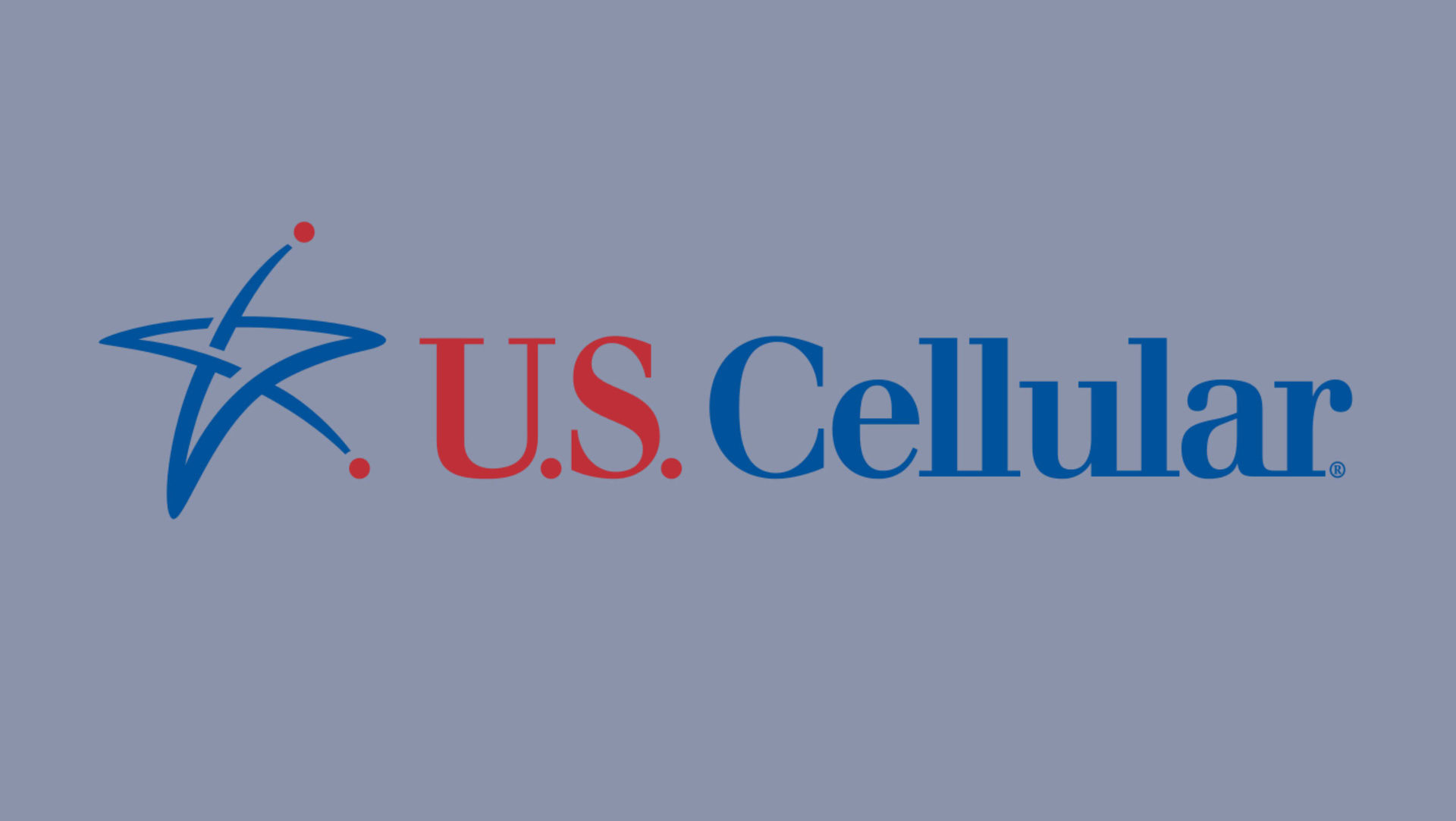
I honestly didn’t realize that US Cellular was a smaller carrier when I was growing up because it was so widespread in certain parts of the Midwest. As it turns out, this carrier operates in just 21 states, with the vast majority of its coverage in the Midwest. US Cellular apart is often the sole option in many smaller rural areas. For instance, substantial portions of southwestern Iowa and northwestern Missouri only provide coverage through US Cellular’s network. While Verizon and other postpaid networks still function through roaming agreements, they don’t operate their own towers in those regions.
As for what kind of plans US Cellular offers? In addition to prepaid plans, US Cellular the following:
- Basic ($30): Unlimited talk, text, data and SD streaming. No hotspot access and throttling during times of congestion.
- Everyday ($39.99): This plan gets unlimited talk, text, and 50GB of priority data. There’s 720p streaming, 25GB of hotspot data, and unlimited Mexico and Canada LTE data for travelers.
- Even Better ($49.99): This plan upgrades your streaming to UHD, gives you unlimited priority data, and there’s now 50GB of hotspot data. The same great international perks remain as well.
Keep in mind there are also family discounts for those with more lines.
US Cellular’s network is known for its reliability and speed in the regions it covers. It also boasts excellent roaming agreements, making travel a seamless experience. This was something I personally experienced when I used to travel for work before switching from the carrier several years ago. While US Cellular may not be the most budget-friendly option, its pricing has significantly decreased over the years and actually compares quite favorably against the big three carriers. If you reside in a state or region with strong support from US Cellular, we would recommend considering it as a viable choice. Head to their website to view a full US Cellular coverage map.
C Spire
Estimated total subscribers: 1 million
C Spire primarily serves customers in Mississippi, Alabama, and the Florida panhandle region. Its network utilizes Nokia-based equipment for LTE and 5G services. While its subscriber count is small even compared to US Cellular, its network covers limited areas better than anyone else. In certain pockets of the country, C Spire becomes the sole option for connectivity. The big three networks simply don’t spend the resources needed to capture this small audience that is already well-served by C Spire and other regional networks.
C Spire offers its own prepaid plans as well as postpaid C Spire plans. There are also family discounts but below we’ll just focus on the starting costs for a single line:
- Real Deal ($45): Unlimited talk, text, and 10GB high-speed data. There’s also a $10 discount a month for those who have C Spire Fiber internet. Note that the price listed includes a paperless discount of $5.
- Real Deal Unlimited ($55): This plan adds 25GB of high-speed data and then throttled speeds after that. The same $10 discount for C Spire Fiber is also available. Note that the price listed includes a paperless discount of $5.
- The Everybody Deal ($55): Unlimited talk, text, data, and 25GB of high-speed data as well as SD streaming. This plan is pretty much the same as the Real Deal Unlimited from what we gather, minus the C Fiber discount option. Note that the price listed includes a paperless discount of $5.
- Unlimited with Cashback ($60): This plan is the same as the Everybody deal with the addition of unlimited hotspot access. Keep in mind this is factoring in the $10 paperless discount (it’s higher for this plan for some reason). There’s also the option to get $10 back on your bill if you used fewer than 2GB of data in a month, bringing the price down to $50.
- Everybody Deal Plus ($70): This plan gives you unlimited talk, text, and 75GB of high-speed data. There’s also unlimited hotspot access, SD streaming, and calls to Canada and Mexico from the US.
- Everybody Deal All-In ($80): The most expensive plan includes 100GB of high-speed data, though everything else remains the same as the Plus tier.
If you live in a region that has C Spire and other options, you’ll probably find the latter to be cheaper. C Spire’s plans aren’t necessarily more than the big three carriers but they offer less. For example, most top-tier carrier plans offer unlimited priority data, while C Spire keeps it at 100GB. That’s arguably more than enough for most, but it’s not truly unlimited.
I do think the Cashback plan is actually a good idea and one I’d like to see other carriers implement. After all, some folks sign up for unlimited or high-data plans and yet only actually use the whole allotment on rare occasions. Still, I think the threshold should be higher than 2GB.
Cellcom
Estimated total subscribers: 300,000
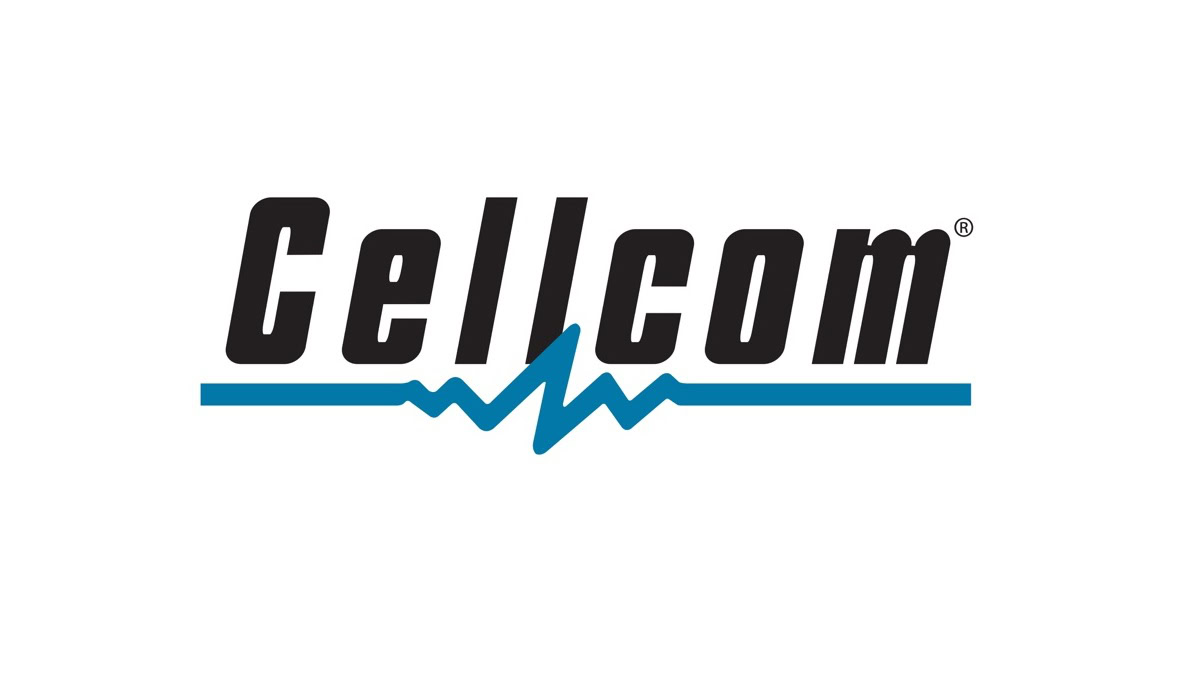
Subscriber counts continue to decrease from here, but with 300,000 subscribers, Cellcom still maintains a sizable user base for a carrier that operates exclusively in Wisconsin and Michigan. Like the other regional carriers, Cellcom relies on partnerships to provide service for those who travel outside of its regional coverage.
Pricing for Cellcom can vary from county to county. Typically, you can expect to pay around $55 per month for a basic unlimited plan with 1GB of premium data, $70 for 50GB, and $80 for 100GB. After you’ve exhausted your data allowance, you may experience deprioritization during periods of network congestion.
Cellcom specializes in providing coverage to extremely rural counties that lack established networks from the big three carriers. This specialization is likely a factor in its relatively high pricing, as there is little to no competition in these underserved areas.
Southern Linc
Estimated total subscribers: 175,000
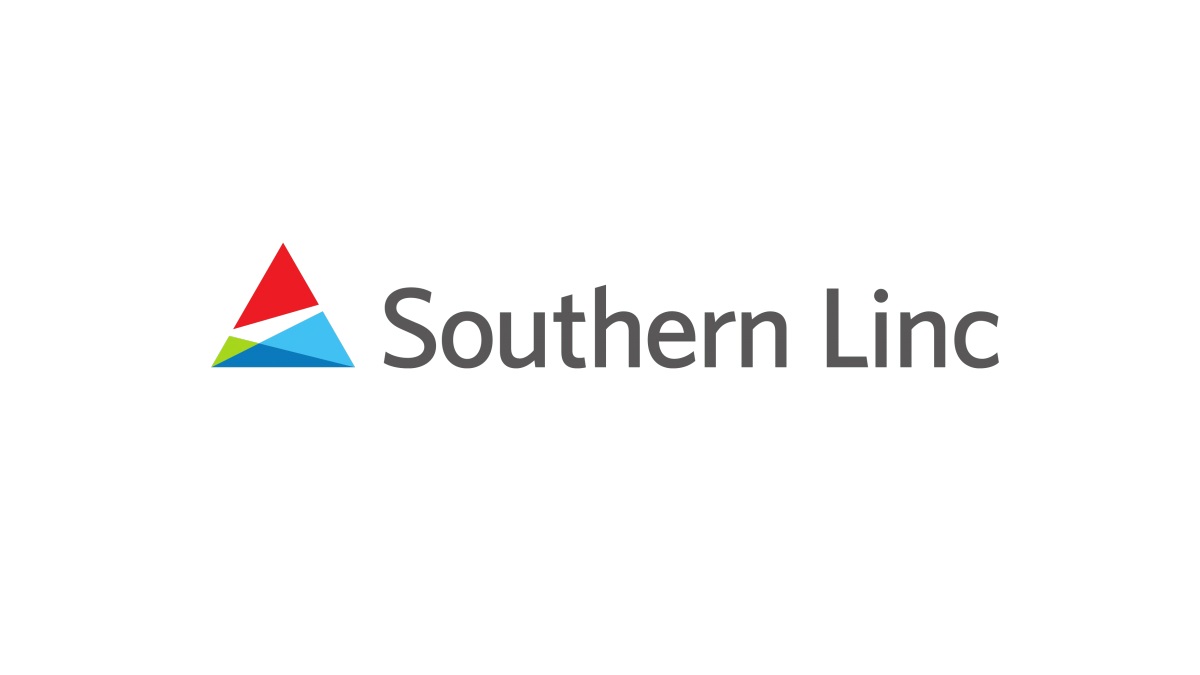
Southern Linc actually operates in many of the same areas as C Spire, offering an alternative in select parts of Mississippi, Alabama, Georgia, and Florida. Unfortunately, its service is pretty expensive and yet gives you very little. Here’s a quick look at Southern Linc plans:
- 2GB Pooled ($33): Unlimited calling and texting, 2GB of data.
- 5GB Pooled ($56): Unlimited calling and texting, 5GB of data.
- 10GB Plan ($66): Unlimited calling and texting, 10GB of data.
To say these prices are horrible for 2023 would be an understatement. If you happen to live in a market where you can choose C Spire or any other carrier, you’re going to be better off. That said, Southern Linc delivers in a few very underserved counties. It’s possible this might be your only option if you find yourself in one of these areas. What about Southern Linc phones? Unfortunately, there’s not much on offer here either, as you’re limited to the Galaxy S23, Galaxy A54, or the Samsung XCover 6 Pro.
The list doesn’t end here
There are at least a few dozen more regional carriers that are so limited that they aren’t worth deeper discussion. Here’s a brief look at the next five biggest regional carriers after the options above:
- Appalachian Wireless has roughly 140,000 subscribers and offers service in parts of Kentucky and West Virginia.
- Viaero Wireless has roughly 110,000 subscribers and operates in parts of Colorado, Kansas, Nebraska, South Dakota, and Wyoming.
- Cellular One of North East Arizona has roughly 100,000 subscribers and operates in parts of Arizona, New Mexico, Utah, Colorado, California, and Texas.
- Carolina West Wireless has roughly 80,000 subscribers and operates in parts of North Carolina.
- Pioneer Cellular has roughly 60,000 subscribers and operates in parts of Oklahoma and Kansas.
For a deeper look, you can check out this complete list of operators in the United States.
The big three remain dominant but why?
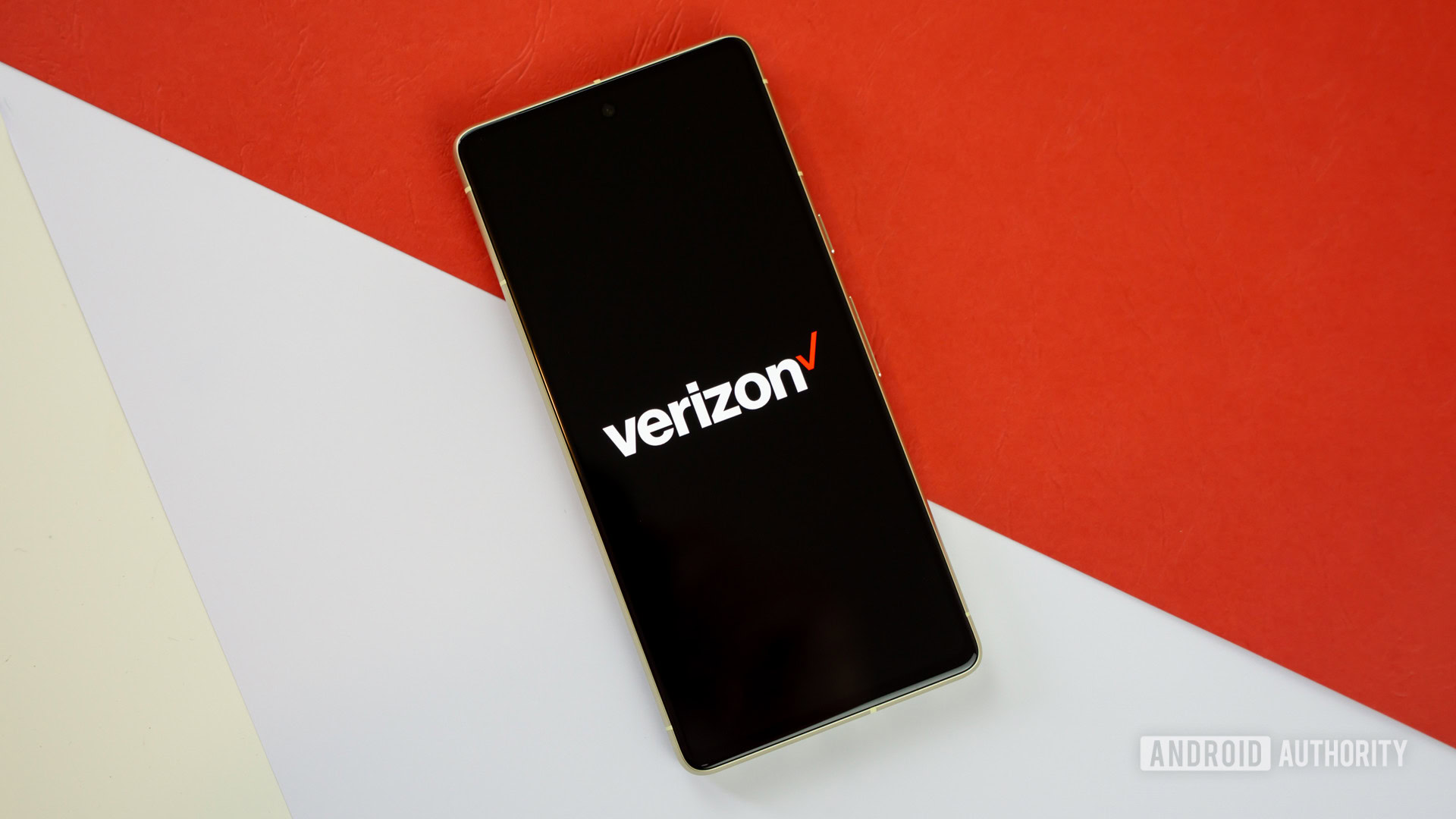
In simple terms, the big three carriers maintain their dominance because they possess the financial resources and incentives to acquire spectrum and merge with existing MVNOs to grow their subscriber counts. Additionally, there are few barriers in their path. Although the FCC and other government entities have made efforts to impede some of these mergers, the major carriers ultimately continue to expand their reach unabated.
As you can see, there are numerous alternative options available. Regrettably, many of them come with limited coverage and relatively high costs. Nevertheless, not every alternative carrier offers a poor deal.
Both Boost Infinite and US Cellular provide competitive pricing, and it’s evident that Dish has ambitious plans. Personally, I’m quite excited to witness Dish playing a more prominent role now that Sprint is no longer in the picture. Increased competition serves to lower prices and boost innovation, benefiting everyone. Even C Spire, while not without its flaws, has its merits.
The major carriers see no need to expand into these smaller regions, and existing regional carriers don't generate enough revenue to be more competitive with pricing and features.
But why are these networks often expensive? It boils down to the costs of operating smaller networks and the limited revenue generated from their subscriber bases. For a change to occur, these carriers would need to expand, merge, or seek government assistance to offset their costs.
To be fair, the FCC has previously attempted to develop plans to support these carriers. The Mobility Fund Phase II, introduced in 2017, aimed to provide $4.53 billion in support over ten years to rural areas lacking unsubsidized 4G LTE service. However, this plan was phased out in 2020 with the introduction of the FCC’s 5G Fund for Rural America.
The 5G Fund strives to allocate up to $9 billion to bring 5G broadband to rural America, which should not only enhance access to reliable voice and data but also provide an alternative for those with limited internet options. The challenge is that these plans always seem to be postponed when immediate assistance is required.
In addition to providing funds through the highlighted programs, it would be beneficial if the government could encourage smaller players to expand their networks through spectrum bidding wars, rather than ceding everything to the established giants. Unfortunately, it appears that the monopoly of the big three in the market is unlikely to end anytime soon. On a positive note, the rise of competitive prepaid plans has provided people with better, more affordable choices. However, the issue remains that these carriers do little to address the existing problems faced by underserved communities.
